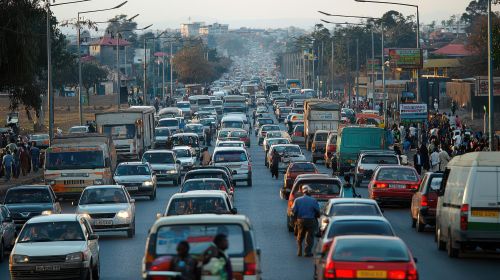Chinese Solar Firms Sidestep U.S. Tariffs by Shifting Production to Laos and Indonesia


Cut through the green tape
We don't push agendas. At Net Zero Compare, we cut through the hype and fear to deliver the straightforward facts you need for making informed decisions on green products and services. Whether motivated by compliance, customer demands, or a real passion for the environment, you’re welcome here. We provide reliable information—why you seek it is not our concern.
Chinese-owned solar manufacturers are circumventing U.S. trade barriers by relocating production from tariff-hit Southeast Asian nations to Laos and Indonesia, according to recent trade data analyzed by Reuters. After the U.S. imposed steep duties in April on solar panels from Vietnam, Malaysia, Thailand, and Cambodia - targeting Chinese companies accused of dumping cheap products - exports from these countries fell by 33% year-on-year. However, shipments from Indonesia and Laos increased nearly eightfold, with their combined U.S. market share surging from less than 1% in 2023 to 29% in early 2025.
The strategic shift reveals the limitations of U.S. trade interventions, as overall solar imports only declined 26% despite the tariffs. While panel imports dropped, solar cell shipments - which can be assembled into panels domestically - actually tripled, with Indonesia and Laos capturing a growing share of this market too. Chinese companies originally established Southeast Asian operations specifically to bypass earlier U.S. restrictions, demonstrating remarkable adaptability in global supply chain management.
Industry analysts tell Reuters that Chinese manufacturers, anticipating possible future tariffs on Indonesia and Laos, are already looking at other production locations. They're currently evaluating sites in Türkiye, the Middle East and Africa as potential alternatives. Meanwhile, China's solar exports to Europe have declined due to inventory gluts, but increased shipments to Asia and Africa have maintained stable overall export volumes. The ongoing cat-and-mouse game between U.S. trade policy and Chinese manufacturers reveals the challenges of reshaping global solar supply chains through tariffs alone.
Source: reuters.com

More related content

EU Awards €2.8 Billion for Transport Upgrades to Boost Connectivity...

Kampala’s Vehicles Emit Alarming Pollution Levels, New Study Finds

New €87 Million Scheme Backs Green Hydrogen Projects in Former Germ...
